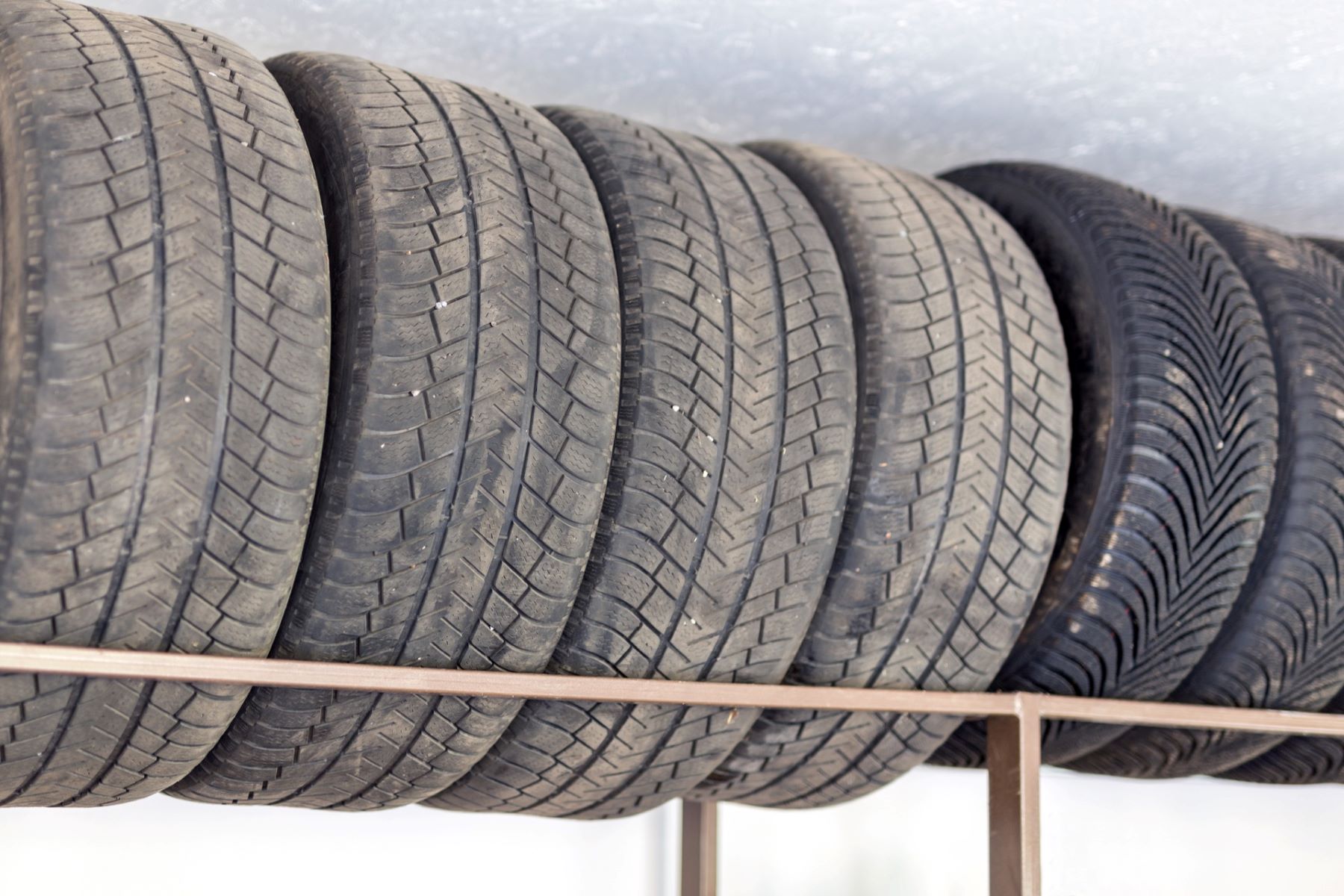

Articles
How To Store Unmounted Tires
Modified: January 6, 2024
Learn the best way to store unmounted tires with these helpful articles. Find out the tips to keep your tires in good condition and maximize their lifespan.
(Many of the links in this article redirect to a specific reviewed product. Your purchase of these products through affiliate links helps to generate commission for Storables.com, at no extra cost. Learn more)
Introduction
Storing unmounted tires correctly is essential for preserving their quality and ensuring their longevity. Whether you are a car enthusiast, a professional mechanic, or a tire retailer, taking the necessary steps to store tires properly can save you time, money, and headaches down the road.
Improper storage can lead to tire damage, including sidewall cracking, tread distortion, and loss of tire pressure. Additionally, exposure to extreme temperatures, moisture, and sunlight can accelerate the deterioration process. By following a few simple guidelines, you can protect your investment and extend the lifespan of your unmounted tires.
In this article, we will discuss the importance of properly storing unmounted tires, factors to consider before storing them, and provide a step-by-step guide and tips for long-term tire storage. We will also highlight safety precautions to ensure a safe and secure tire storage area.
By following these recommendations, you can ensure that your unmounted tires are in optimal condition when you are ready to use them, saving you money in the long run and providing you with peace of mind knowing that your tires are protected.
Key Takeaways:
- Properly storing unmounted tires is crucial for preserving their quality, preventing flat spots, saving money, and ensuring safety on the road. Follow the guidelines to protect your investment and extend tire lifespan.
- Before storing unmounted tires, consider cleanliness, tire pressure, storage environment, positioning, and duration. Follow the step-by-step guide, long-term storage tips, and safety precautions to maintain tire quality and ensure a secure storage area.
Read more: How To Store Tire Chains
Importance of Properly Storing Unmounted Tires
Properly storing unmounted tires is crucial for maintaining their performance and prolonging their lifespan. Here are a few key reasons why it is important to store unmounted tires correctly:
- Preserve Tire Quality: When tires are not in use, they can deteriorate over time. Factors such as exposure to sunlight, extreme temperatures, and moisture can cause the rubber to degrade and lead to cracks, tread distortion, and loss of performance. By storing unmounted tires indoors in a controlled environment, you can protect them from these damaging elements and maintain their quality.
- Prevent Flat Spots: If unmounted tires are stored improperly, they may develop flat spots due to prolonged pressure on one area. Flat spots can affect the balance and ride quality of the tires, leading to vibrations and an uncomfortable driving experience. By storing tires in a secure and stable position, such as on tire racks or stands, you can prevent flat spots from forming.
- Save Money: Investing in quality tires is not cheap, so it’s important to take steps to maximize their lifespan. Proper storage can significantly extend the life of your tires, helping you avoid the need for premature replacements. By maintaining their condition, you can save money in the long run by getting the most out of each set of tires.
- Ensure Safety: Tires that have been stored incorrectly or damaged due to improper storage can pose safety risks on the road. Cracks, bulges, or other tire damage can result in blowouts or reduced traction, increasing the likelihood of accidents. By storing unmounted tires properly, you can minimize the chances of tire-related safety issues.
Considering these important reasons, it becomes clear that properly storing unmounted tires is not just a matter of convenience, but a crucial step in protecting your investment, ensuring your safety, and maintaining the performance of your tires.
Factors to Consider Before Storing Unmounted Tires
Before you store your unmounted tires, there are several important factors to consider to ensure that they remain in optimal condition. By taking these factors into account, you can protect your tires and avoid potential damage. Here are some key factors to consider:
- Cleanliness: Before storing your tires, make sure they are clean and free from any dirt, debris, or brake dust. Use a mild soap and water solution to remove any contaminants, and ensure they are completely dry before storage. This will help prevent any corrosion or damage during the storage period.
- Tire Pressure: It is important to check and adjust the tire pressure before storing your unmounted tires. Overinflated or underinflated tires can lead to damage or deterioration during storage. Follow the tire manufacturer’s recommended pressure levels for optimal storage conditions.
- Storage Environment: Choose a suitable storage location for your unmounted tires. The ideal environment should be dry, cool, and well-ventilated to prevent moisture build-up and the growth of mold or mildew. Extremes of temperature can also be harmful, so avoid storing your tires in areas prone to high heat or freezing conditions.
- Tire Covers: Consider using tire covers to provide an extra layer of protection for your unmounted tires. Tire covers can shield the tires from UV rays, dust, and other elements that can cause damage. They also help to keep the tires clean during storage.
- Positioning: When storing unmounted tires, avoid stacking them directly on top of each other as this can lead to distortion or flat spots. Instead, use tire racks or stands to keep them upright and separated. If stacking is necessary, place a piece of cardboard or a tire board between each tire to prevent potential damage.
- Duration of Storage: Consider the length of time you will be storing your tires. If you plan on storing them for an extended period, it is recommended to rotate the tires periodically to prevent flat spotting. This involves swapping the position of the tires every few months to distribute the pressure evenly.
By taking these factors into consideration before storing your unmounted tires, you can ensure that they remain in optimal condition and are ready for use when you need them.
Step-by-Step Guide to Storing Unmounted Tires
Properly storing unmounted tires involves a few simple steps to ensure their protection and longevity. Follow this step-by-step guide to store your unmounted tires correctly:
- Clean the Tires: Start by thoroughly cleaning the tires using a mild soap and water solution. Remove any dirt, debris, or brake dust, and make sure the tires are completely dry before proceeding.
- Check Tire Pressure: Use a tire pressure gauge to check the current pressure in each tire. Adjust the tire pressure to the manufacturer’s recommended levels before storage. This will help prevent any damage or deterioration during the storage period.
- Choose a Suitable Storage Location: Select a location for storing your unmounted tires that is dry, cool, and well-ventilated. Avoid areas prone to extreme temperature fluctuations, as well as direct sunlight or high humidity. If possible, store tires indoors to protect them from the elements.
- Use Tire Stands or Racks: It is best to store unmounted tires upright, either in tire racks or stands. This helps to prevent distortion, flat spots, or unnecessary pressure on the tires. If using racks, make sure they are securely anchored to prevent accidents or tire damage.
- Consider Tire Covers: If you have tire covers available, use them to provide an extra layer of protection. Tire covers can shield the tires from UV rays, dust, and other elements that can cause damage. Make sure the covers fit properly and are secure.
- Positioning: If you need to stack multiple tires, place a tire board or a piece of cardboard in between each tire to prevent contact and potential damage. Avoid stacking too many tires on top of each other to prevent deformation or crushing.
- Rotate Tires: If you plan on storing your tires for an extended period, consider rotating them periodically. This involves swapping the position of the tires every few months to distribute the weight and pressure evenly, minimizing the risk of flat spotting.
- Regularly Inspect: It is essential to periodically inspect your stored tires for any signs of damage, flat spotting, or deterioration. Check for cracks, bulges, or any unusual wear. If you notice any issues, consult a tire professional for further guidance.
By following these step-by-step instructions, you can ensure that your unmounted tires are stored correctly, maintaining their quality and ensuring they are ready for use when needed.
Store unmounted tires in a cool, dry place away from direct sunlight and sources of heat. Stack them horizontally to prevent distortion and avoid contact with oil, grease, or solvents.
Tips for Long-Term Tire Storage
If you plan to store your unmounted tires for an extended period, following these tips can help maintain their quality and ensure they are in good condition when you’re ready to use them:
- Proper Cleaning: Thoroughly clean your tires before storing them. Remove any dirt, debris, or brake dust using a mild soap and water solution. Make sure they are completely dry to prevent the growth of mold or mildew during storage.
- Invest in Tire Bags: Consider using tire bags to provide added protection for your stored tires. These bags are designed to shield the tires from light, dust, and moisture. They can also help maintain the integrity of the rubber and prevent surface cracking.
- Storage Temperature: Choose a storage location with a stable temperature. Extreme heat or cold can cause the rubber to deteriorate faster. Aim for a cool and dry environment with consistent temperature levels to preserve the tires’ quality.
- Avoid Tire Stacking: Whenever possible, store your unmounted tires upright using tire racks or stands. Stacking tires for a long period can lead to distortion or flat spotting. If space is limited, consider investing in tire storage racks that allow for proper tire positioning.
- Keep Tires Elevated: Elevate your stored tires off the ground to prevent contact with moisture or cold concrete floors. Use a sturdy rack or pallets to ensure proper ventilation and airflow around the tires.
- Tire Rotation: If you are storing a set of tires for an extended period, consider rotating them every six months. Rotating the tires helps to prevent flat spots and ensures an even distribution of weight, prolonging the life of the tires.
- Maintain Proper Tire Pressure: Check the tire pressure periodically during storage and adjust it to the manufacturer’s recommended levels if necessary. Proper tire pressure helps to prevent damage and maintains the tires’ structural integrity.
- Do Not Store Near Chemicals: Avoid storing your unmounted tires near any chemicals or solvents, such as gasoline or oil, as these substances can degrade the rubber and cause potential damage.
- Regular Inspection: It is essential to inspect your stored tires regularly. Check for any signs of damage, cracks, or bulges. If you notice any issues, consult a tire professional for further evaluation and guidance.
By following these tips, you can ensure the long-term preservation of your unmounted tires, helping to maintain their quality and performance until you’re ready to reinstall them on your vehicle.
Read more: How To Store Summer Tires
Safety Precautions when Storing Unmounted Tires
When it comes to storing unmounted tires, it’s important to prioritize safety to ensure a secure storage area and prevent any accidents or injuries. Here are some important safety precautions to keep in mind:
- Proper Handling: When moving or lifting unmounted tires, always use proper lifting techniques. Tires can be heavy and unwieldy, so use equipment like dollies or carts if necessary to minimize the risk of strain or injury.
- Secure Storage: Ensure that the storage area for your unmounted tires is stable and secure. If using tire racks, make sure they are properly anchored to prevent tipping or collapsing. This will help avoid accidents and potential damage to the tires.
- Fire Safety: Take precautions to prevent fires in the storage area. Keep flammable substances away from tires and do not smoke in or near the storage space. Install fire extinguishers in accessible locations to provide added safety measures.
- Protective Gear: When handling tires, wear appropriate protective gear, such as gloves and safety glasses. This will help safeguard against cuts, punctures, or eye injuries from sharp objects or debris that may be present on or around the tires.
- Avoid Stacking Tires Too High: If stacking tires, avoid stacking them too high to prevent instability and the risk of collapsing. Ensure that the stack is well-balanced and secured to avoid accidents.
- Keep Children and Pets Away: Store unmounted tires in an area that is inaccessible to children and pets. Tires can pose safety hazards if they are tipped over or used as climbing structures. Keeping a secure storage area will help prevent accidents or injury.
- Maintain Good Ventilation: If storing tires in an enclosed space, ensure that there is adequate ventilation to prevent the accumulation of harmful gases or fumes. Proper ventilation is essential for maintaining a safe environment.
- Regular Inspection: Regularly inspect the storage area and the tires for any signs of damage, pests, or water leakage. Address any issues promptly to maintain a safe and secure storage environment.
- Follow Manufacturer Guidelines: Always follow the tire manufacturer’s guidelines for storage and handling. Each tire may have specific recommendations that should be followed to ensure safety and prolong tire life.
By adhering to these safety precautions, you can create a secure storage area for your unmounted tires and minimize the risk of accidents or injuries.
Conclusion
Properly storing unmounted tires is essential for preserving their quality, maintaining their performance, and extending their lifespan. By taking the time to store your tires correctly, you can save money, ensure your safety on the road, and avoid unnecessary tire replacements.
In this article, we discussed the importance of properly storing unmounted tires. We explored the factors to consider before storing your tires, such as cleanliness, tire pressure, storage environment, and positioning. We also provided a step-by-step guide on how to store your unmounted tires, emphasizing the use of tire stands or racks, tire covers, and rotation for long-term storage.
Additionally, we shared some tips for long-term tire storage, including proper cleaning, investing in tire bags, maintaining storage temperature, and regular tire inspections. Lastly, we highlighted the safety precautions you should take when storing unmounted tires to ensure a secure storage area and prevent accidents.
By following these recommendations, you can ensure that your unmounted tires remain in optimal condition when you’re ready to use them, saving you money and providing you with peace of mind.
Remember, proper tire storage is not just a matter of convenience, but an essential step in protecting your investment and ensuring your safety on the road. Take the time to store your unmounted tires correctly, and you will reap the benefits of extended tire life, improved performance, and overall cost savings.
So, the next time you store your unmounted tires, remember the importance of cleanliness, tire pressure, suitable storage conditions, proper positioning, and regular inspections. By following these guidelines, you can make sure your tires are ready to hit the road whenever you need them.
Frequently Asked Questions about How To Store Unmounted Tires
Was this page helpful?
At Storables.com, we guarantee accurate and reliable information. Our content, validated by Expert Board Contributors, is crafted following stringent Editorial Policies. We're committed to providing you with well-researched, expert-backed insights for all your informational needs.
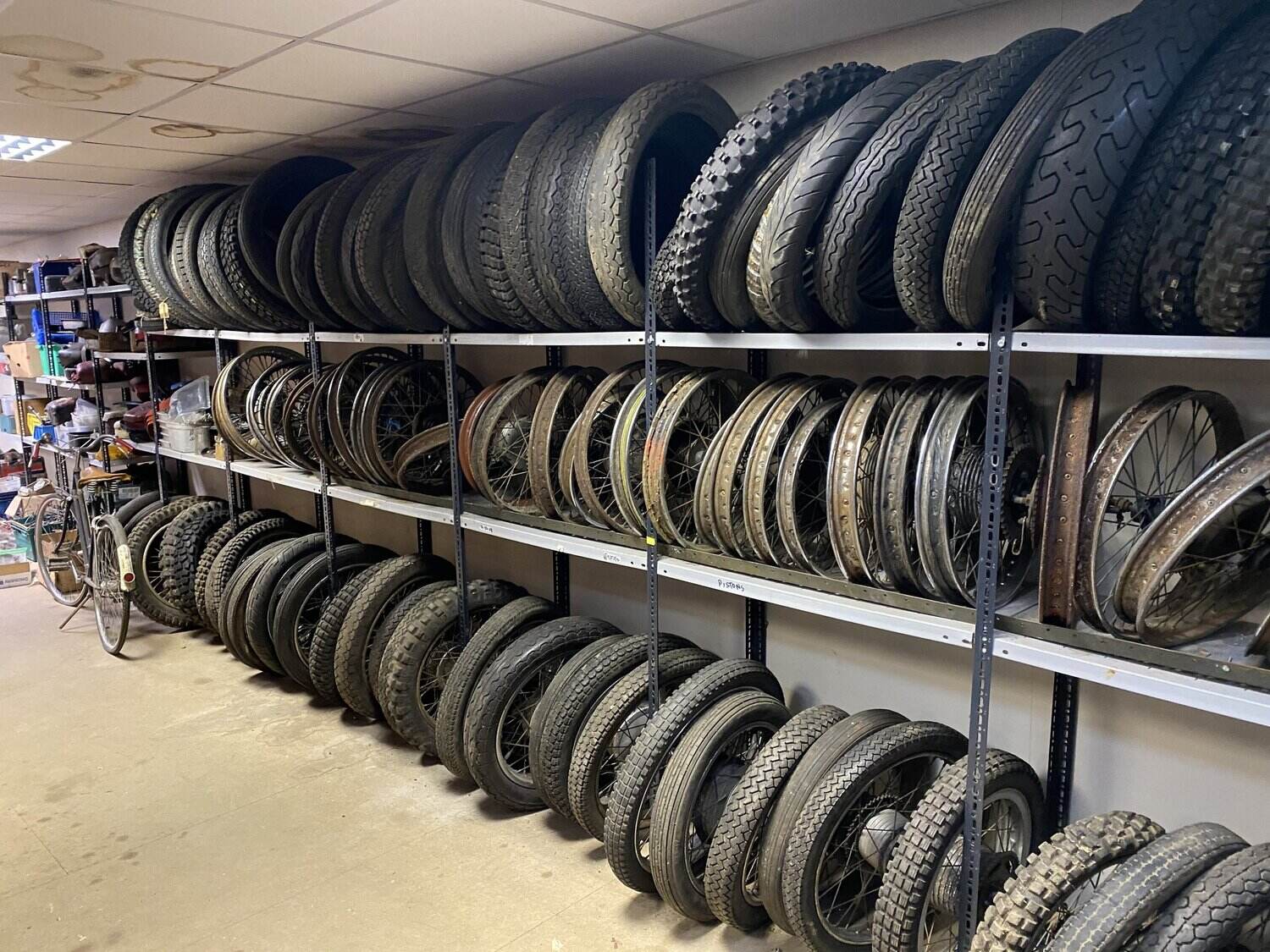
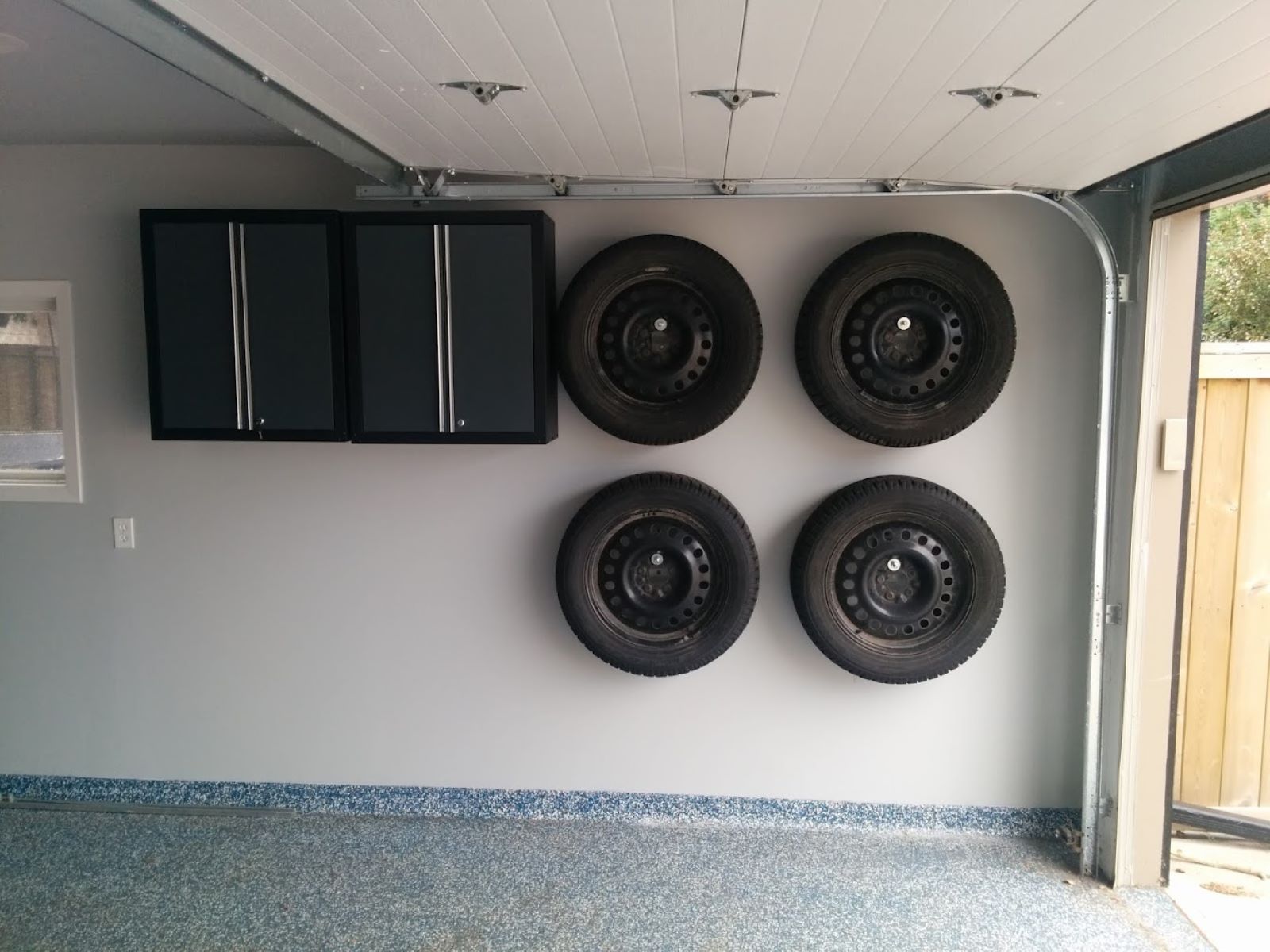
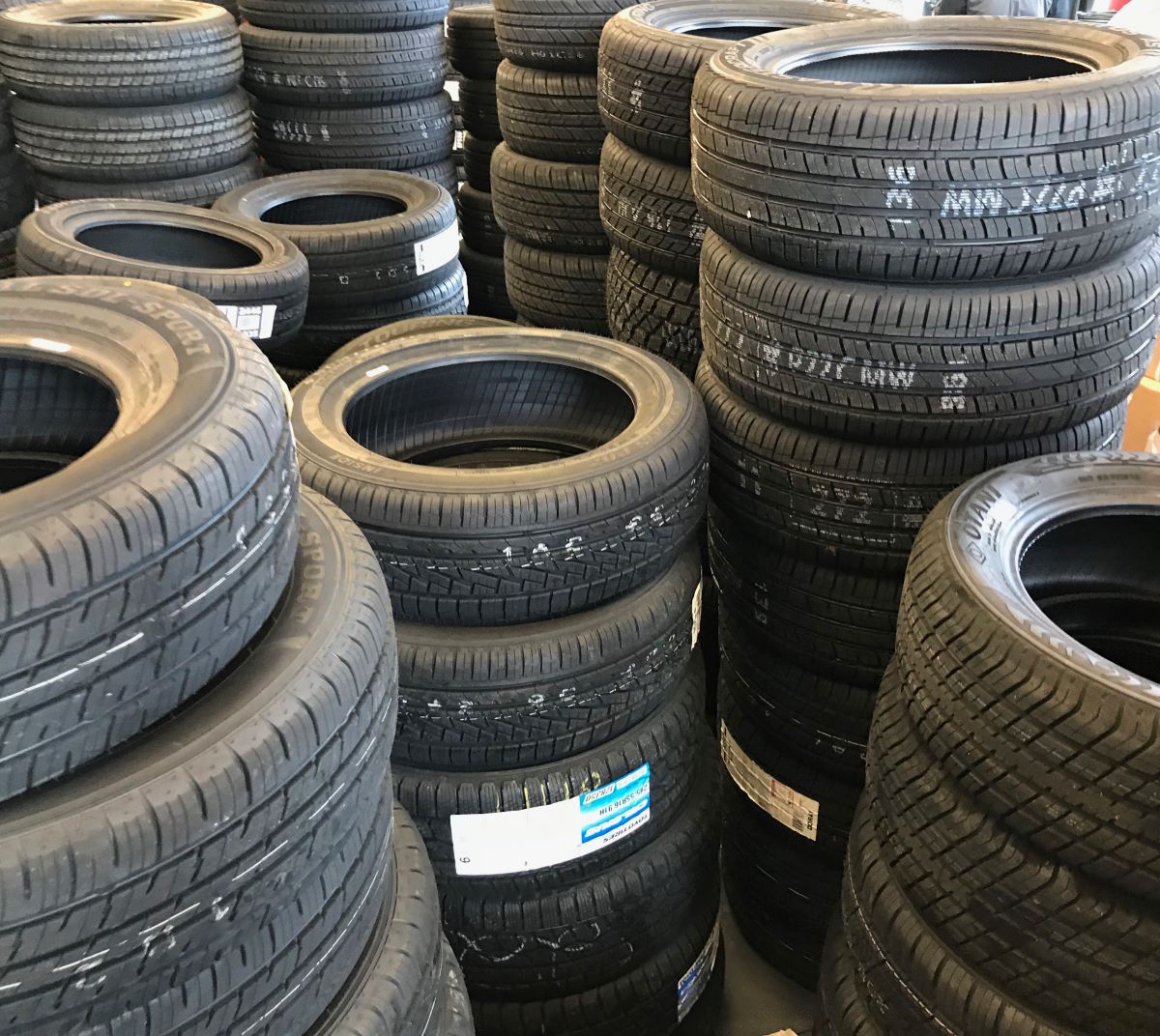
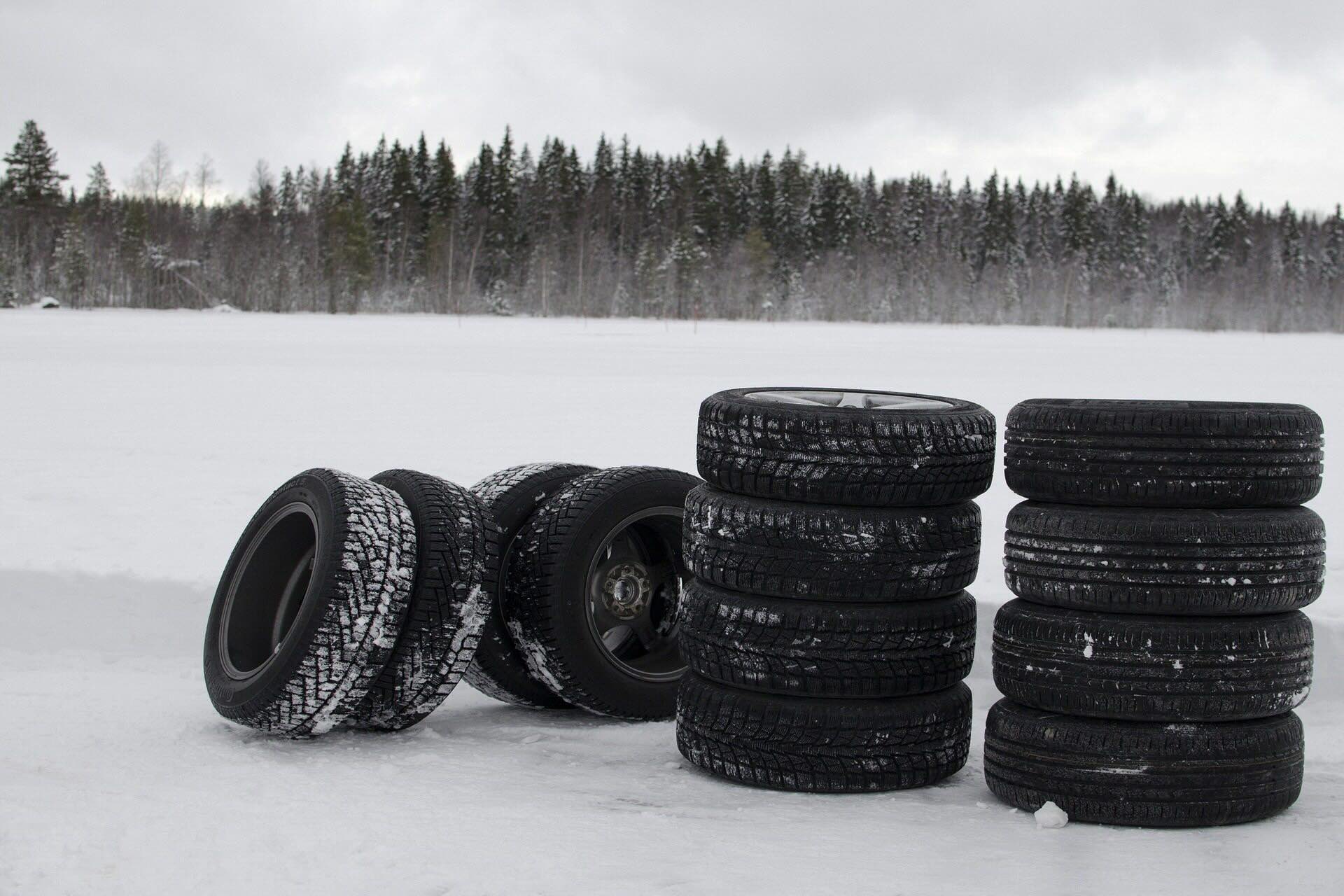
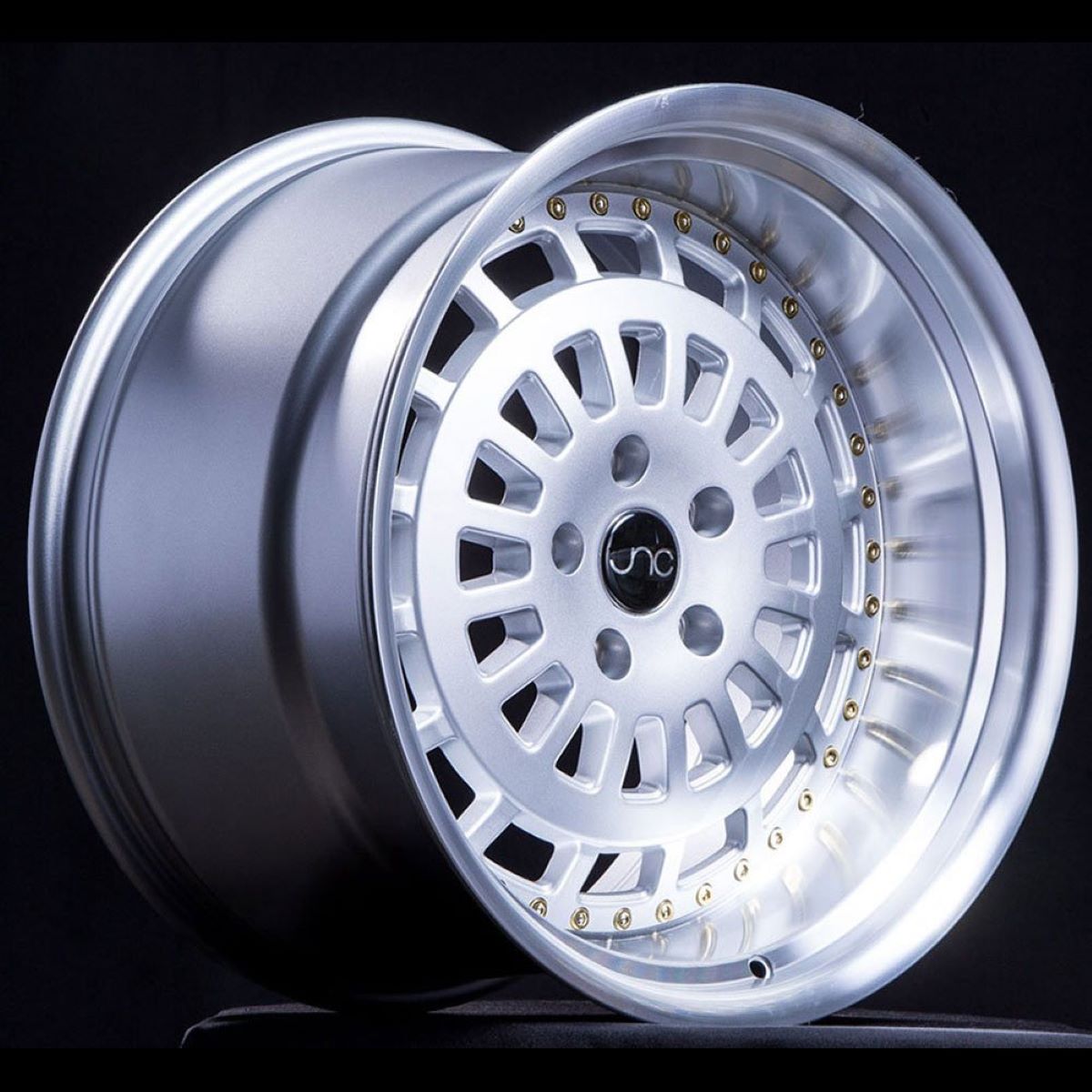

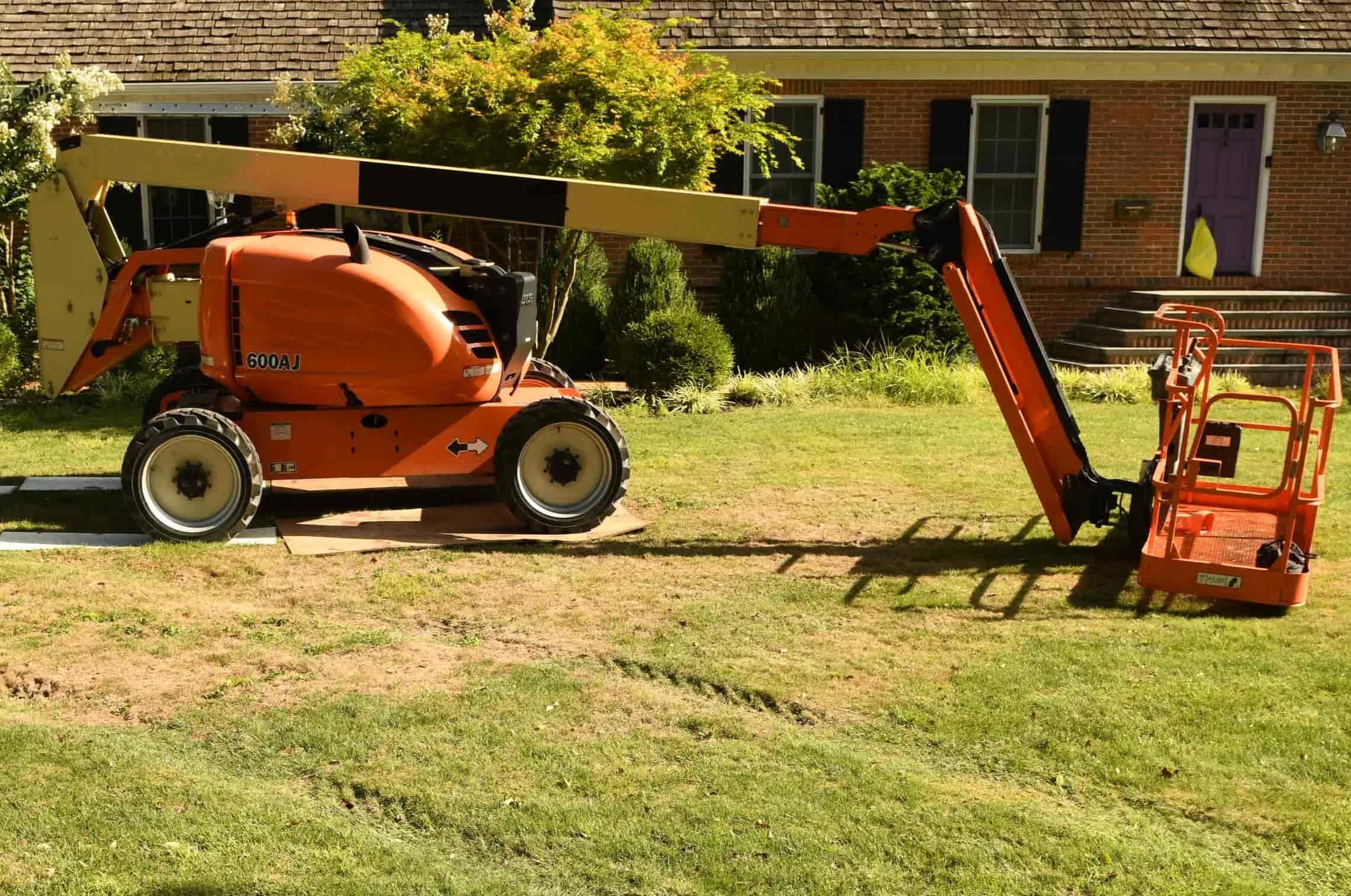
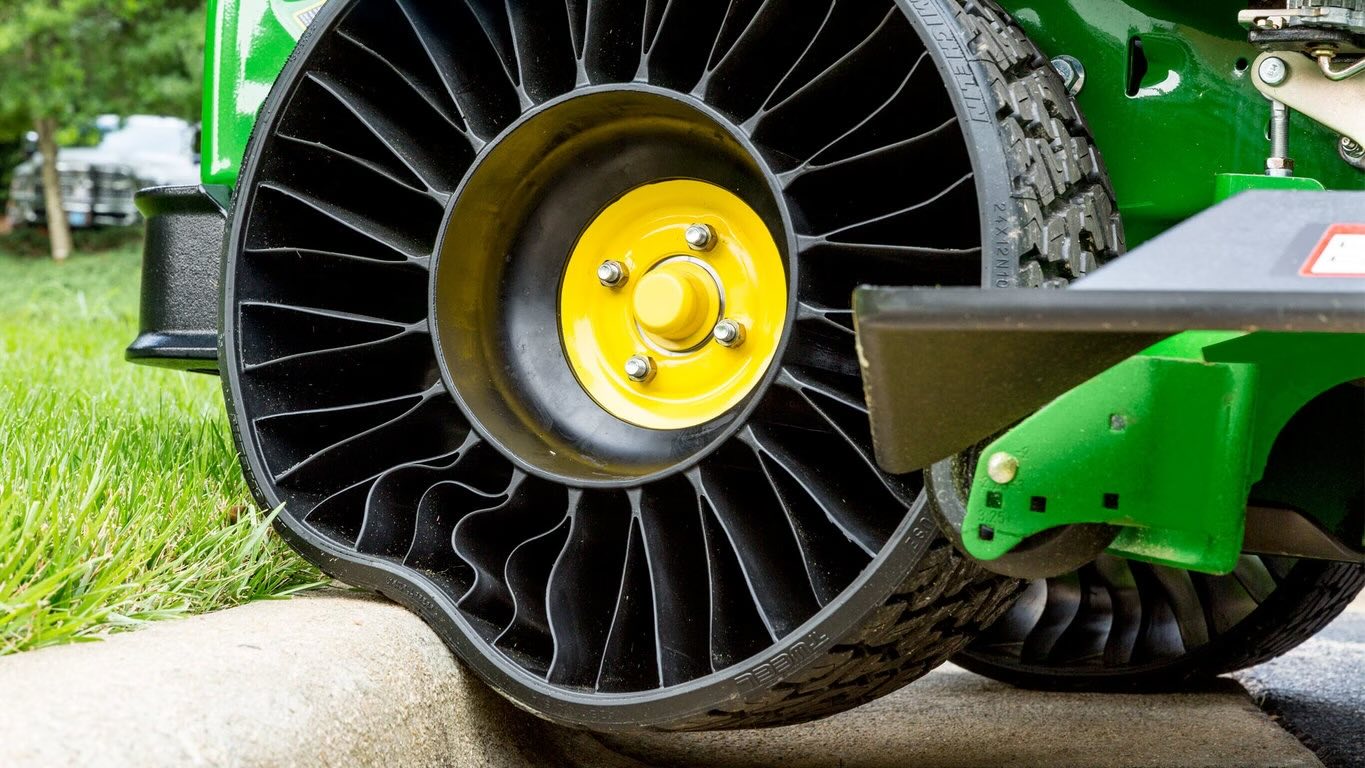
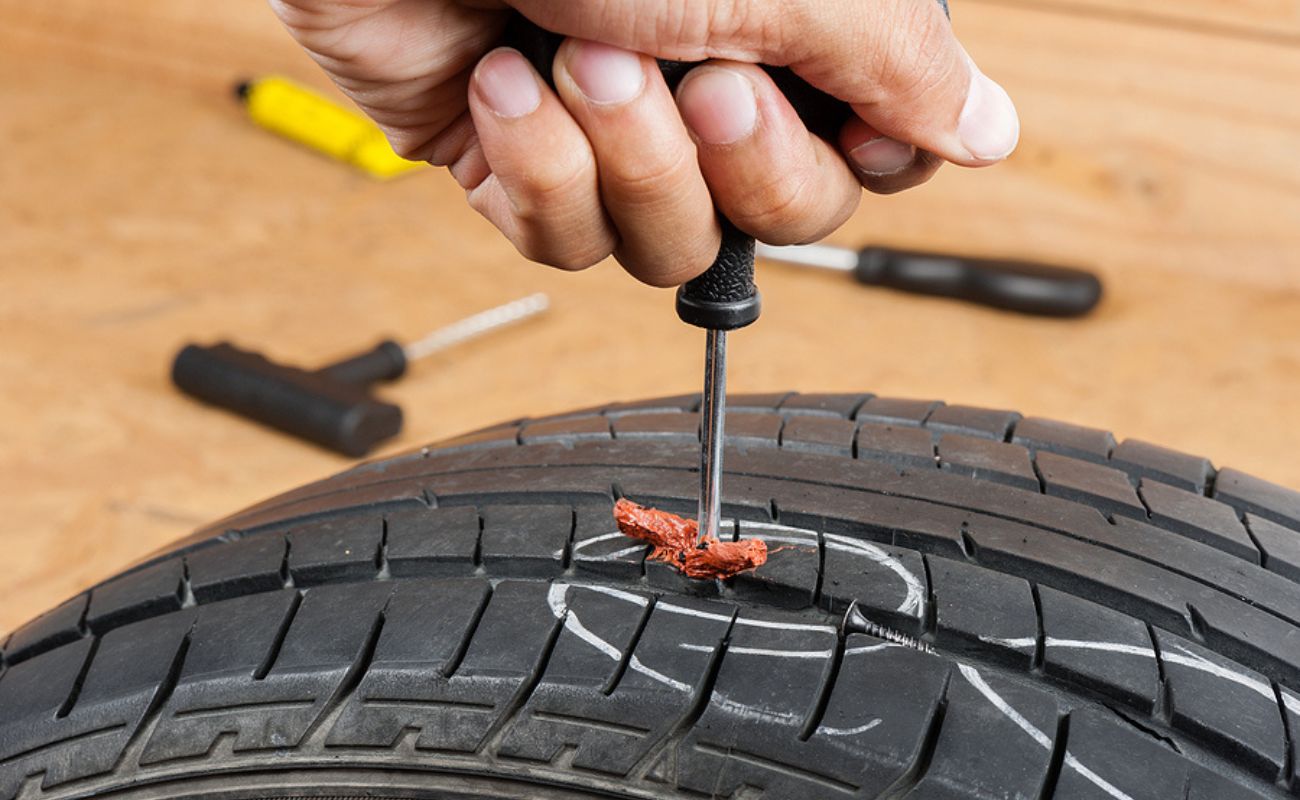
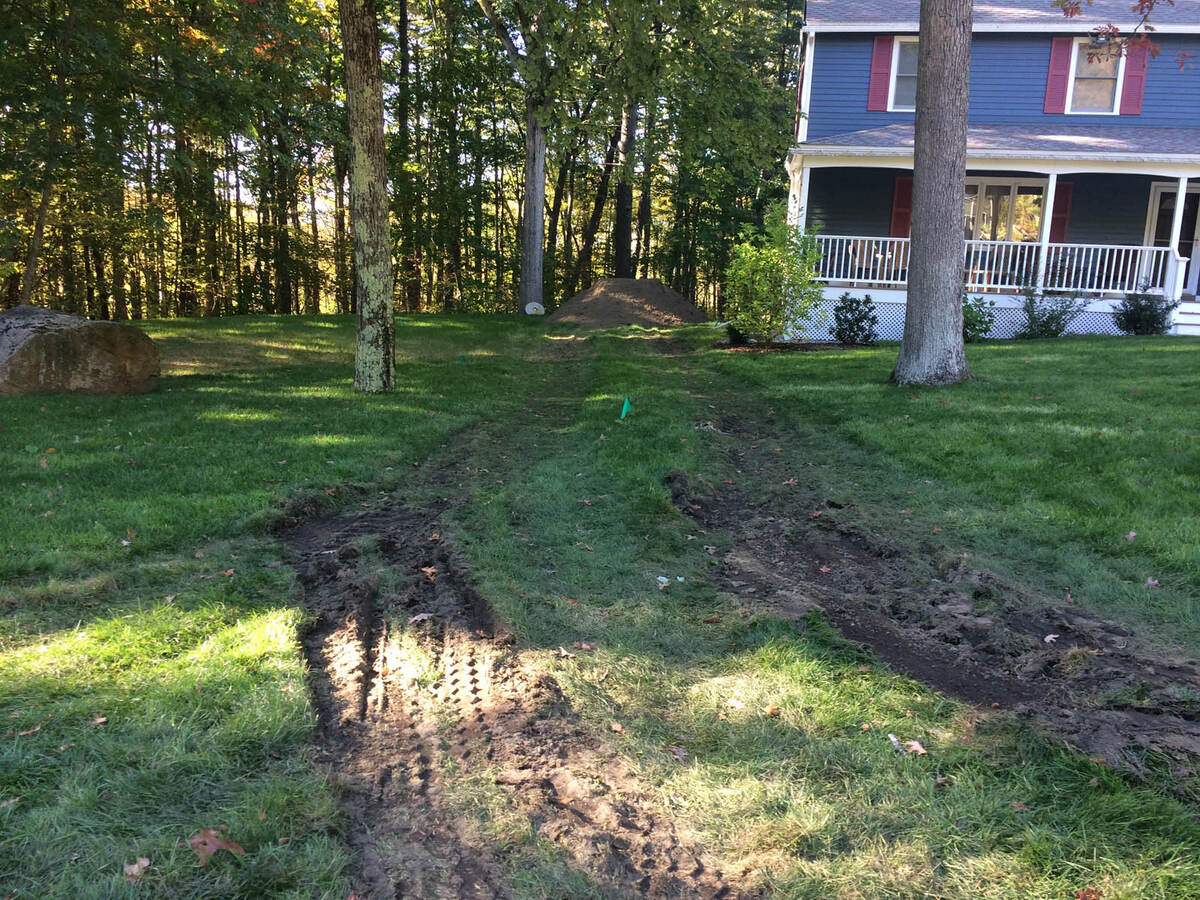

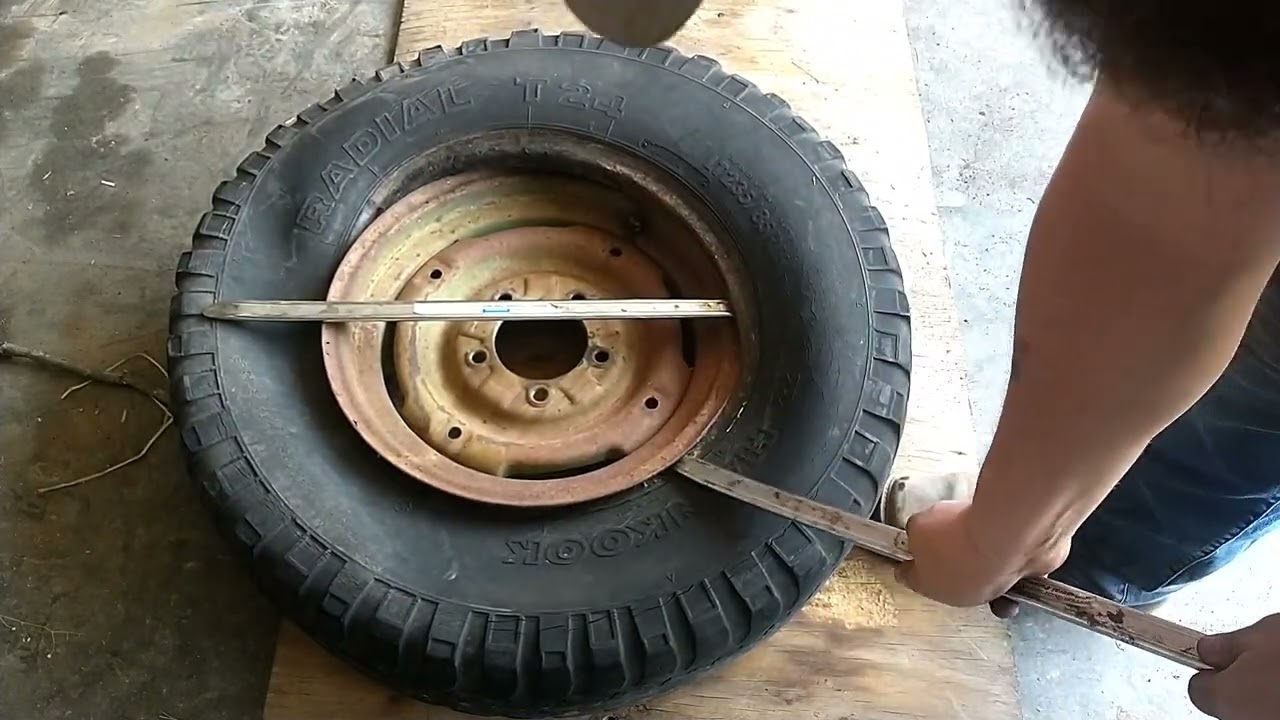
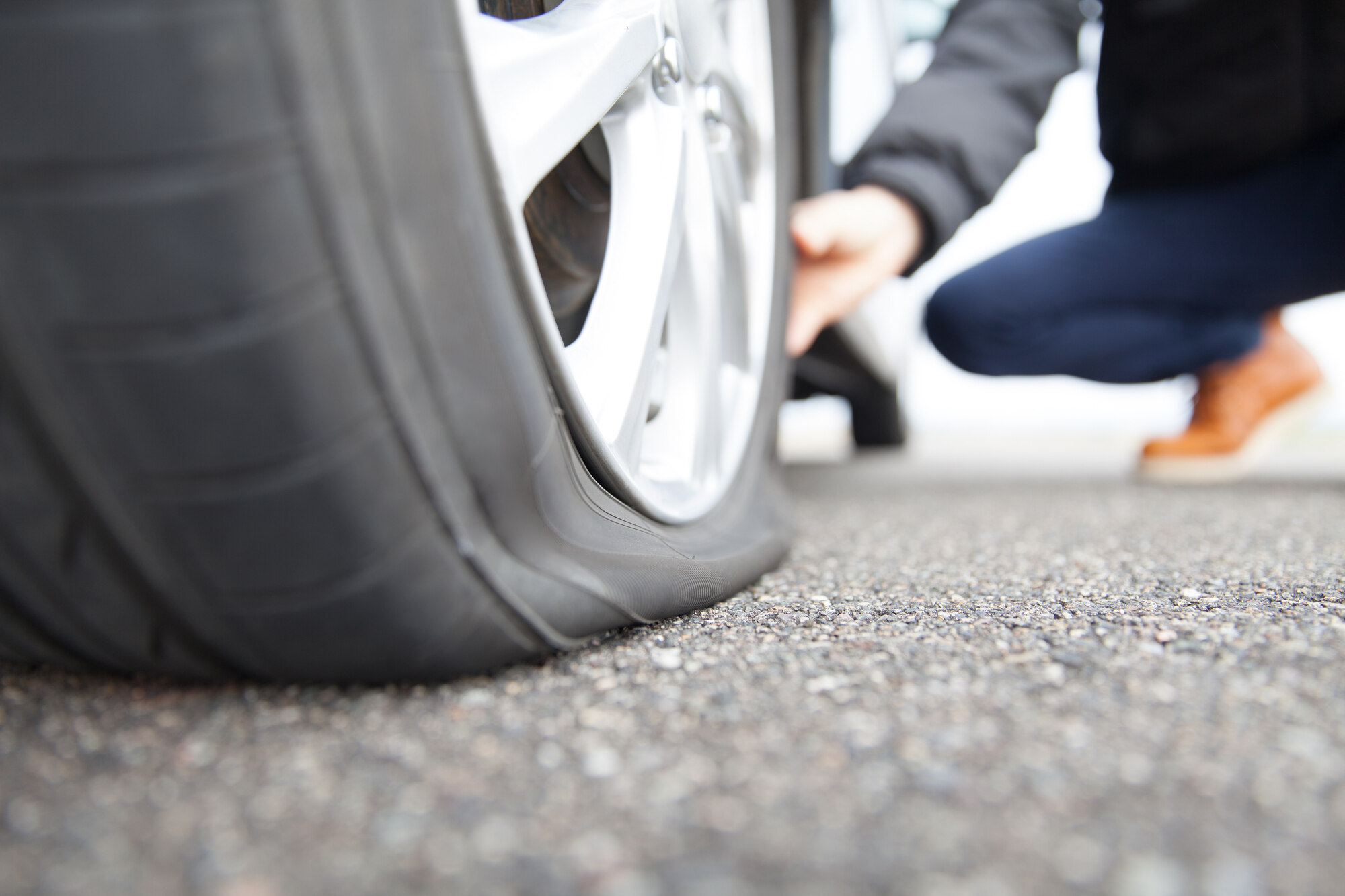
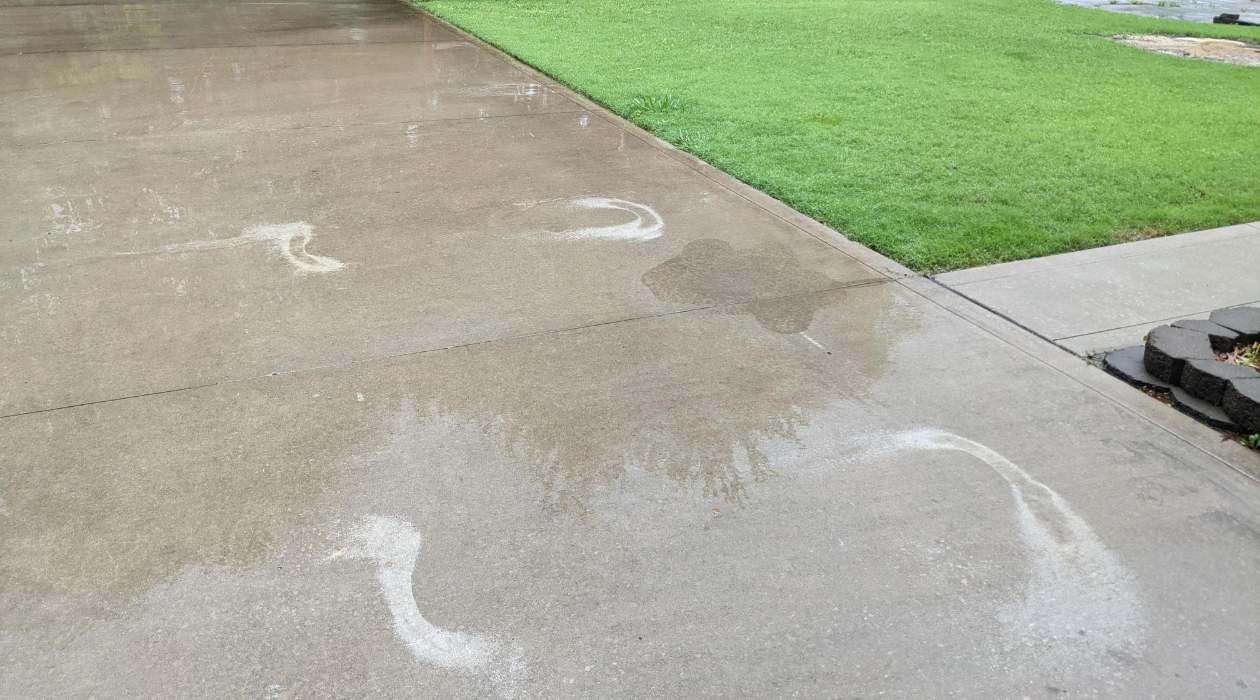

0 thoughts on “How To Store Unmounted Tires”